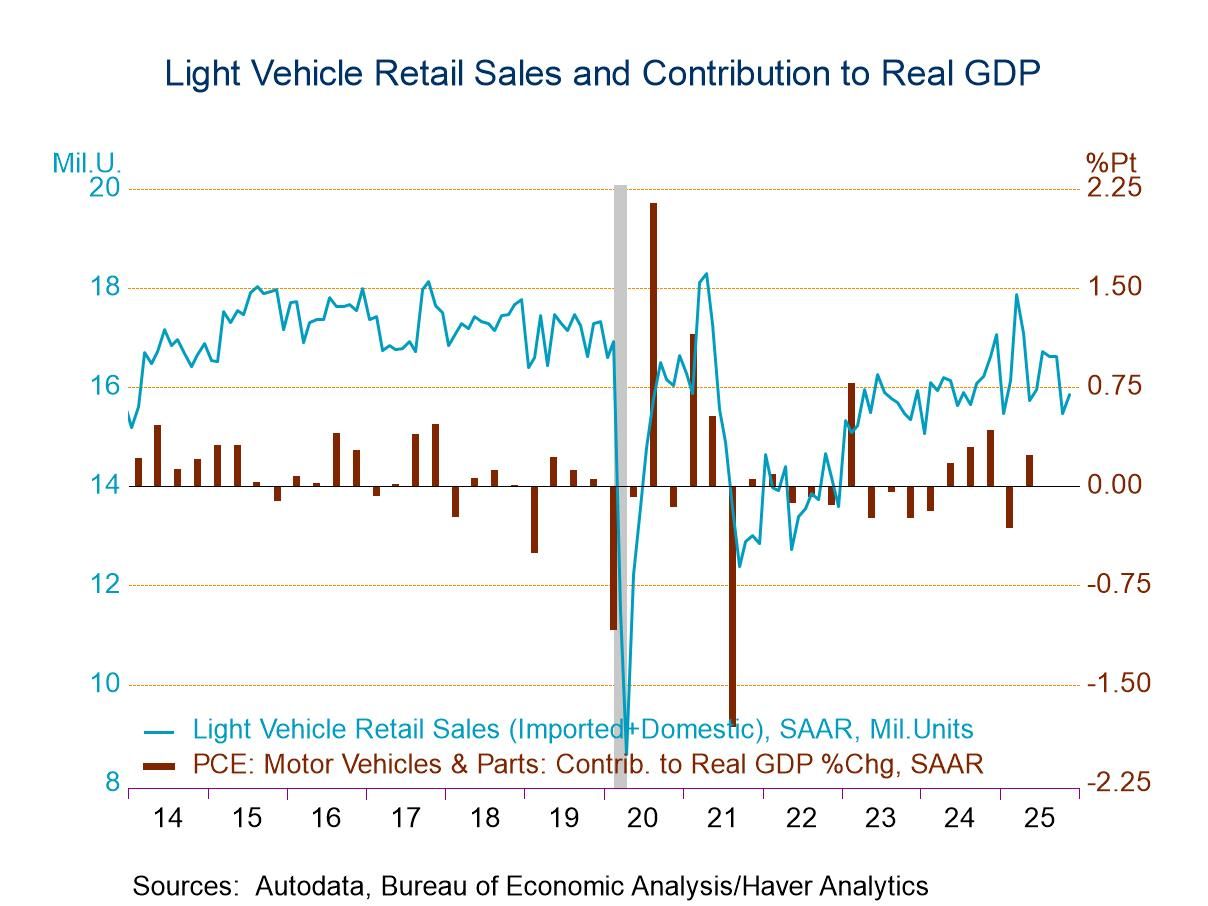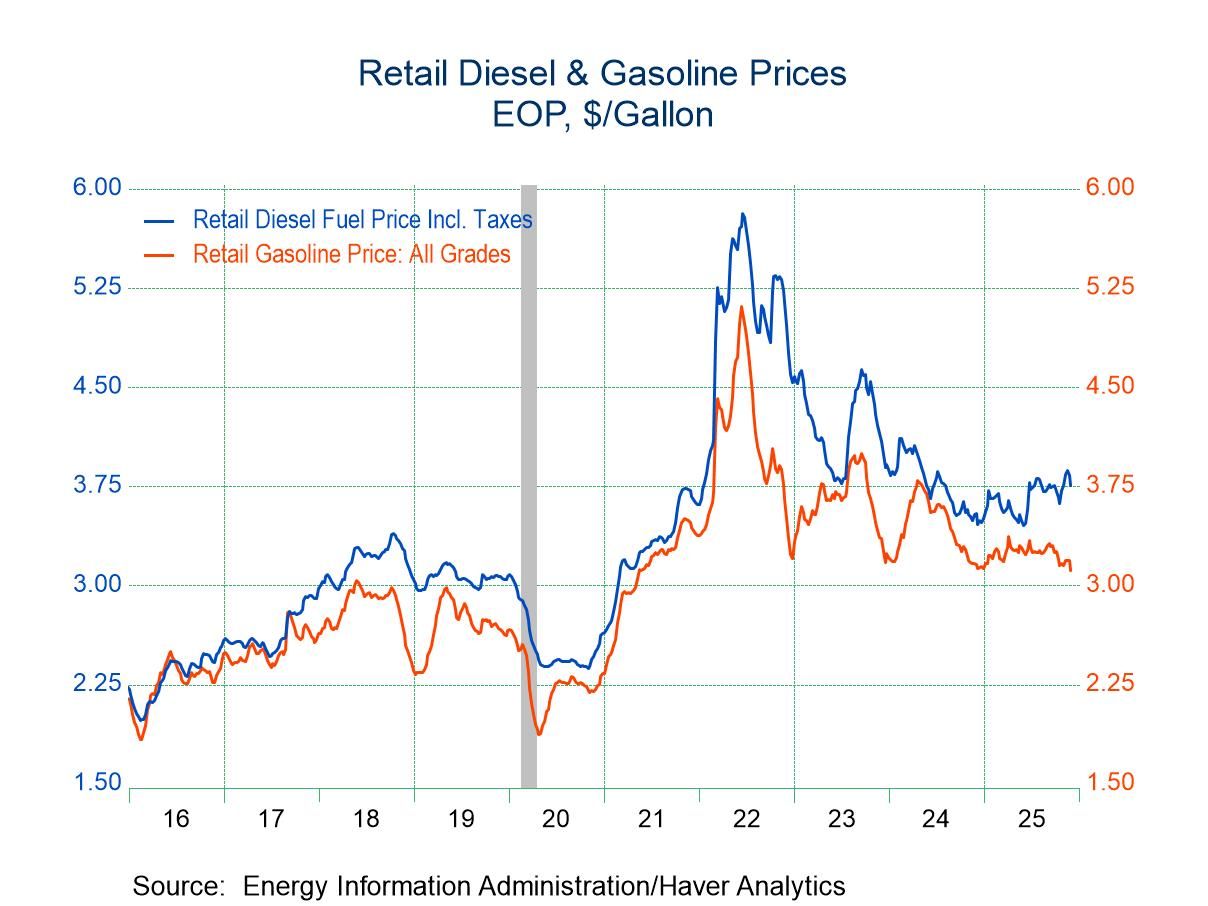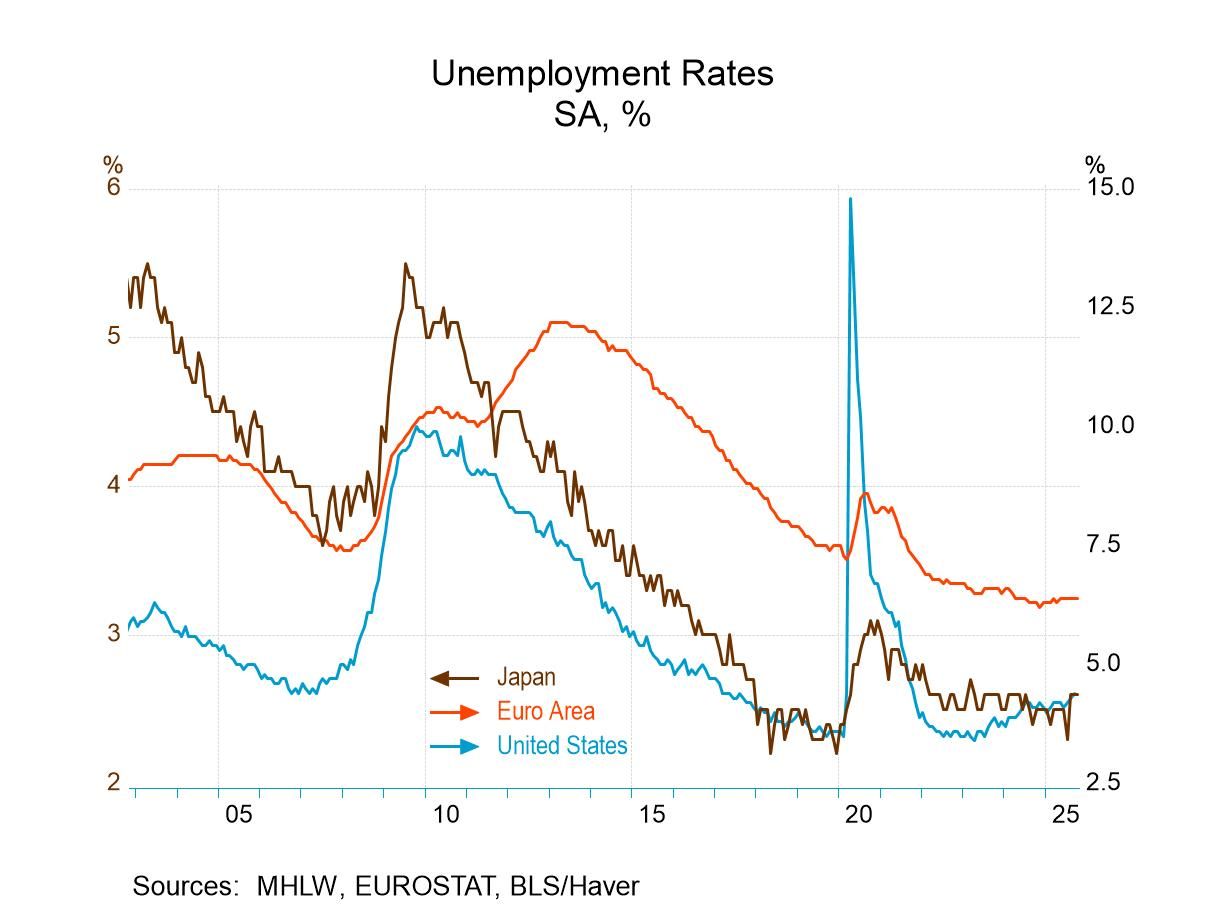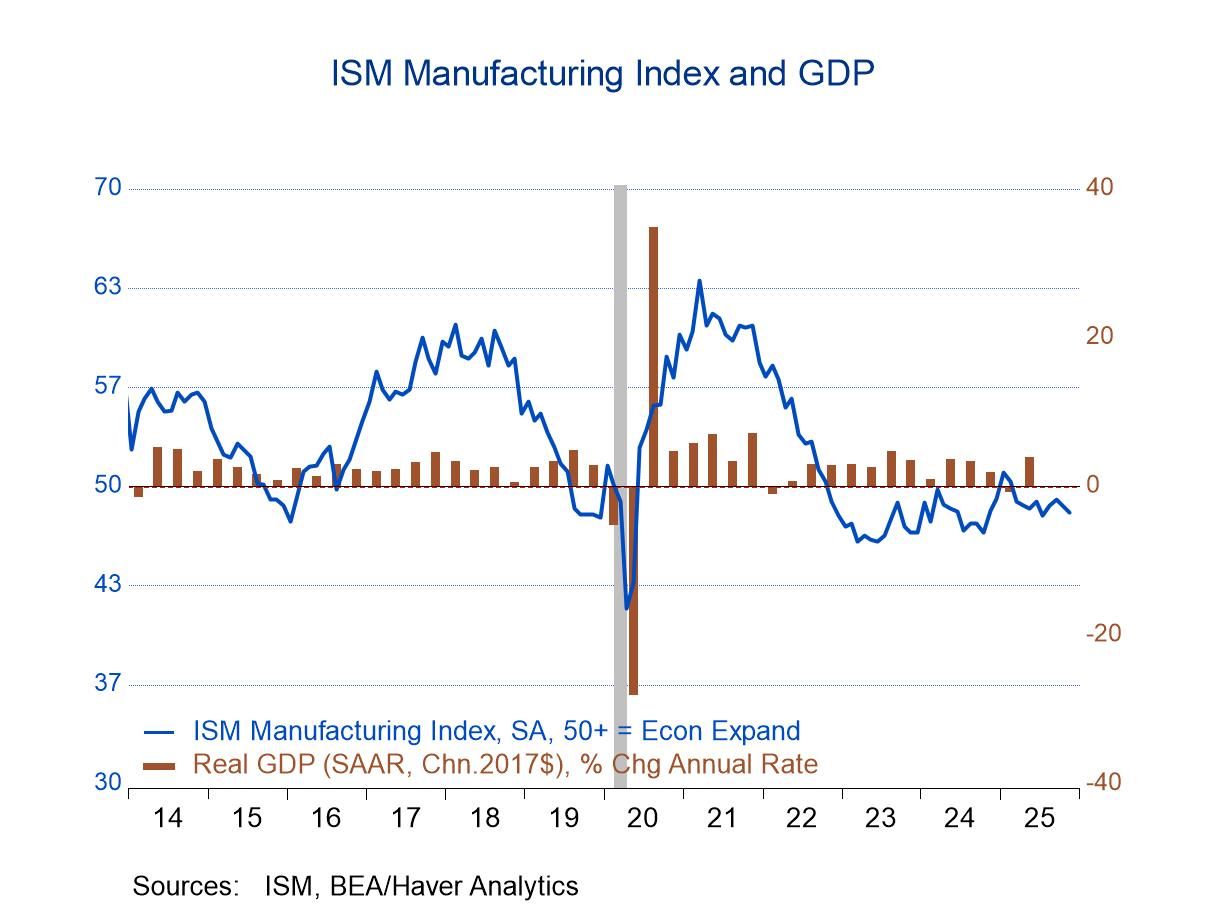 Global| Jun 23 2023
Global| Jun 23 2023Charts of the Week (June 23, 2023)
by:Andrew Cates
|in:Economy in Brief
Summary
A recurring theme in the dataflow over the past week, and reinforced in recent communications from policymakers, concerns the potency of monetary policy. In our charts this week, for example, we illustrate how activity in the US housing market appears to have picked up again in recent weeks (in chart 1), notwithstanding the Fed’s hitherto successful efforts to marshal a slowdown. We then turn to the UK’s still-troublesome inflation picture – and the BoE’s policy rate hike of 50bps this week - with some perspectives on its mortgage market, wage pressures and food and energy prices (in charts 2 and 3). The power of policy to curb liquidity in the euro area banking sector is our next port of call (in chart 4). However, the diminishing power of monetary policy in China to boost liquidity is evidenced in our next exhibit (in chart 5). Finally, and chiming with the sobering messages for the global economic outlook implied by most of our exhibits this week, we focus on the weakness of traded goods prices and South Korea’s export growth (in chart 6).
The US housing market This week’s data for the US housing market conveyed a surprisingly strong message about its underlying vigour. The NAHB's index of homebuilder sentiment, for example, rose in June to its highest level in almost a year and well above forecasts. Housing starts, in the meantime, leapt by a whopping 21.7% in May, their biggest jump since 2016 (see chart below). Suffice it to say that this resurgence is not what the Fed may have expected to see at this stage of its campaign to quell inflation.
Chart 1: US housing starts and home builders’ sentiment

UK wage pressures and mortgage payments Equally, recent UK data suggesting heightened nominal wage pressures and firming core CPI inflation are not messages that the Bank of England (BoE) would have wished to see at this stage of its tightening campaign. Indeed its decision this to week to lift its Bank rate by 50bps (as opposed to the 25bps that had been widely expected) was clearly a response to those concerns. But while rising nominal wage growth and – at face value – still-tight labour market conditions suggest that interest rates needed to be lifted again, falling real wage growth and much higher debt service costs suggest that a big squeeze on households’ purchasing power is already unfolding (see chart 2).
Chart 2: UK average earnings growth versus first time buyers’ mortgage payments

Food and energy price inflation in the US and Europe Many questions are also being asked in the UK about the potency of monetary policy in the face of lingering price pressures from energy and food. As chart 3 below suggests, UK food and energy price inflation was still running at 13.4% in the year to May. This compares with 1.7% in the euro area and -0.6% in the US. One reason for this disparity relates to the role of UK energy price caps in keeping the pace of inflation in gas and electricity elevated compared with global norms, with reverberations for the price of food and the transmission of monetary policy as well.
Chart 3: Food and energy CPI inflation in the US, euro area and UK

Economic growth in the euro area and narrow money growth The European Central Bank (as well as the BoE) has arguably met with some success in quelling inflationary pressures via the impact its actions have had on the pace of narrow money growth. More specifically, the real pace of M1 growth (the annual pace of nominal M1 growth less headline CPI inflation) has now been contracting for the last 12 months. Since real M1 growth has historically been a very good leading indicator of the euro area business cycle this is clearly concerning. Against this backdrop it may be no coincidence that the euro area has now formally entered a recessionary phase.
Chart 4: Euro area GDP growth versus real M1 growth

Liquidity provision in China and monetary policy The effectiveness of China’s campaign to loosen monetary policy and marshal a pick-up in growth is arguably more open to question. Aggregate social financing – a very broad measure of credit and liquidity in the economy – slowed to RMB 1.7 trillion in May, its slowest pace for more than 12 months. Lingering debt-related issues, not least in the housing market, are arguably one reason for the absence of any monetary policy traction.
Chart 5: China’s social financing flows and the PBOC’s 7-day reverse repurchase rate

South Korea’s exports and output price pressures in China Finally, many of the fragilities discussed above are still clearly exerting downward pressure on the world economy. South Korea’s export growth – a good bellwether of world trade - has continued to cool and specifically fell by 15.2%y/y in May. Meanwhile, China’s producer price inflation – a good bellwether for traded goods prices – fell by 4.6%y/y in May. At the very least, therefore, central banks can draw comfort from diminished global sources of inflation.
Chart 6: Export growth in South Korea versus China’s PPI inflation

Andrew Cates
AuthorMore in Author Profile »Andy Cates joined Haver Analytics as a Senior Economist in 2020. Andy has more than 25 years of experience forecasting the global economic outlook and in assessing the implications for policy settings and financial markets. He has held various senior positions in London in a number of Investment Banks including as Head of Developed Markets Economics at Nomura and as Chief Eurozone Economist at RBS. These followed a spell of 21 years as Senior International Economist at UBS, 5 of which were spent in Singapore. Prior to his time in financial services Andy was a UK economist at HM Treasury in London holding positions in the domestic forecasting and macroeconomic modelling units. He has a BA in Economics from the University of York and an MSc in Economics and Econometrics from the University of Southampton.






